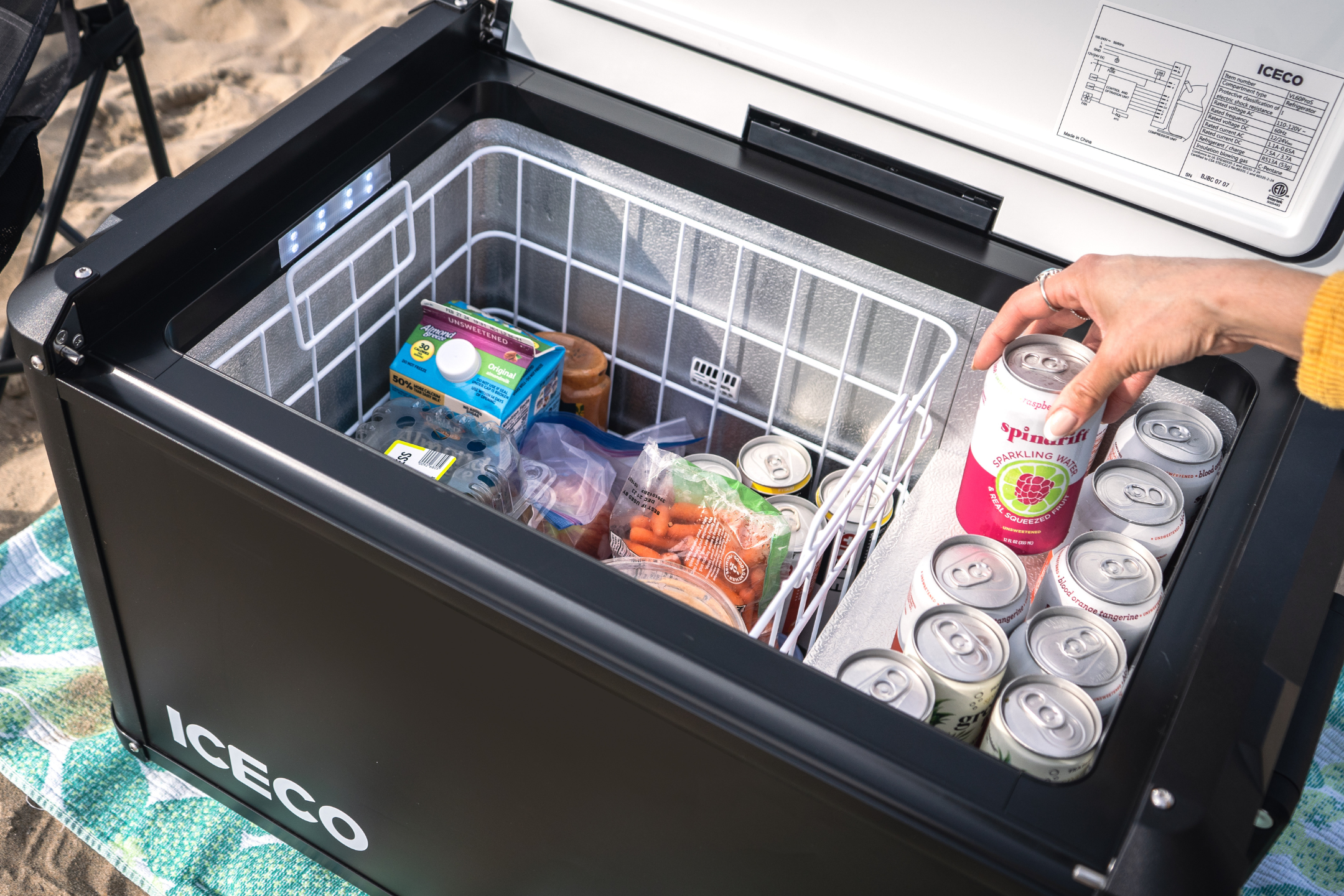As the weather warms up, it's the perfect time to embark on new outdoor adventures with family and friends. However, along with the joys of outdoor living come the risks of foodborne bacteria thriving in warmer temperatures. To safeguard yourself, your loved ones, and your friends from foodborne illnesses during the warmer months, safe food handling practices are essential when dining outdoors.
I. Packing Food Tips
-
Stabilize Food Temperatures: To maintain food temperatures more effectively, store food in your home refrigerator at appropriate storage temperatures before transferring it to a portable cooler. This not only reduces the risk of food spoilage due to temperature fluctuations but also minimizes energy consumption for the portable cooler.
-
Keep Cold Foods Chilled: Store perishable items at 40°F or below to prevent bacterial growth. Meats, poultry, and seafood can be packed while frozen to maintain lower temperatures for a longer duration.
-
Organize According to Storage Temperature: When organizing food, separate items based on their storage temperatures. Utilize separate compartments in your portable cooler for beverages and snacks, keeping perishable items away from warm outdoor air when picnic-goers open and reopen the beverage cooler.
-
Avoid Cross-Contamination: If your portable cooler has only one compartment, use separate containers or sealed bags for organization. Ensure proper wrapping of raw meats, poultry, and seafood to prevent their juices from contaminating ready-to-eat or raw foods, such as fruits and vegetables.
-
Clean Your Produce: Refrigerators that have been idle during winter are breeding grounds for bacteria and require cleaning before use. Additionally, wash fruits and vegetables with peel or skin thoroughly. Packaged fruits and vegetables labeled as 'ready-to-eat,' 'pre-washed,' or 'triple-washed' do not require washing.

Ⅱ. Cooking Tips
-
Smart Marination: When marinating food, always do so in the refrigerator, avoiding marination on kitchen countertops or outdoors. Reserve a portion of the marinade before adding raw meat, poultry, or seafood to use as a sauce for cooked food, and never reuse the marinade.
Ⅲ. Temperature Tips
Ensuring picnic foods remain at appropriate temperatures is crucial in preventing harmful bacteria growth. Avoid leaving perishable foods in the 'danger zone' (40°F to 140°F) for more than 2 hours, or 1 hour if the outdoor temperature exceeds 90°F. Bacteria thrive in these conditions, increasing the risk of foodborne illnesses.
-
Hot Foods: Maintain hot foods at 140°F or above. Wrap them well and place them in insulated containers until ready to eat. Like cold foods, they shouldn't be left out for more than 2 hours, or 1 hour in temperatures exceeding 90°F. For safety, discard any food left out for too long.
-
Cold Foods: Store perishable items at 40°F or below until ready to consume. After serving, don't let them sit out for more than 2 hours, or 1 hour if it's above 90° When in doubt, discard them.
By following these simple guidelines, you can enjoy delicious outdoor meals with peace of mind, knowing you've taken the necessary steps to keep your food safe and enjoyable for everyone. So, gear up, pack your picnic baskets, and embrace the beauty of outdoor dining with confidence!




